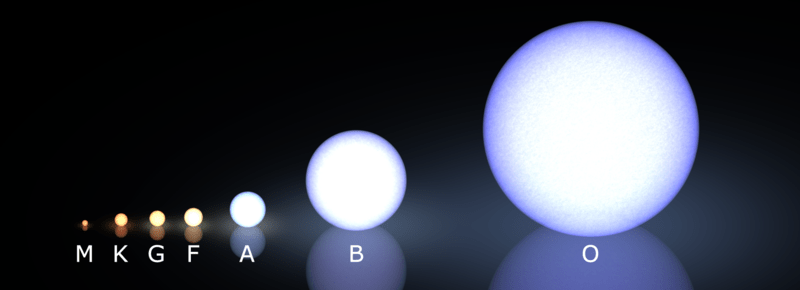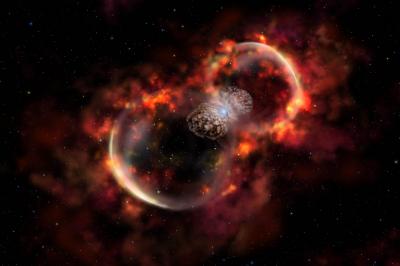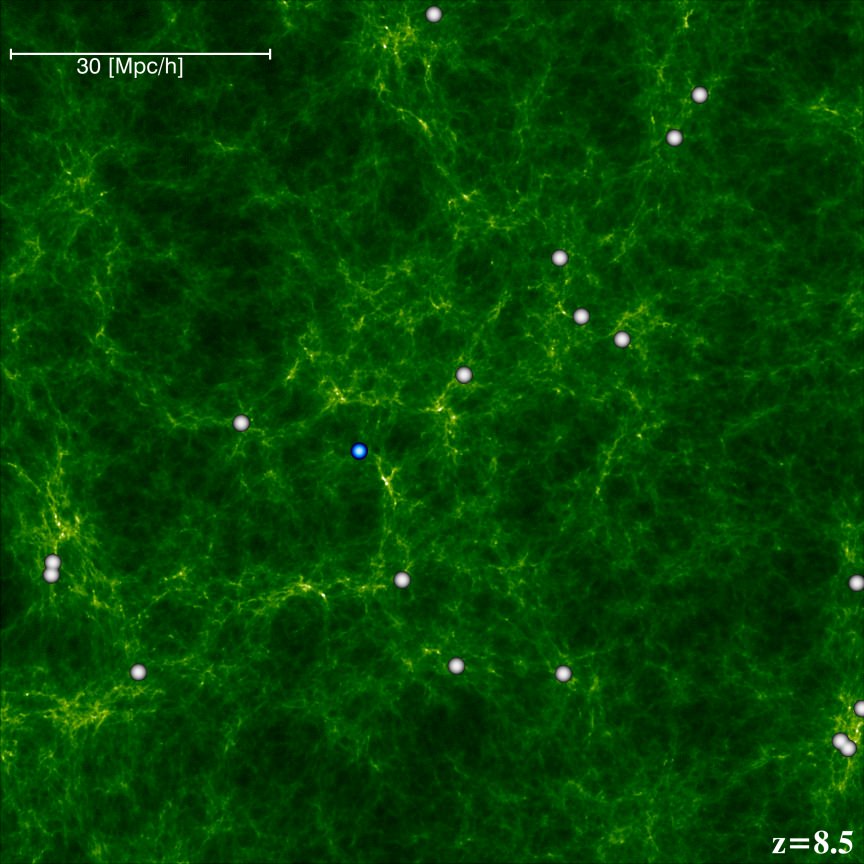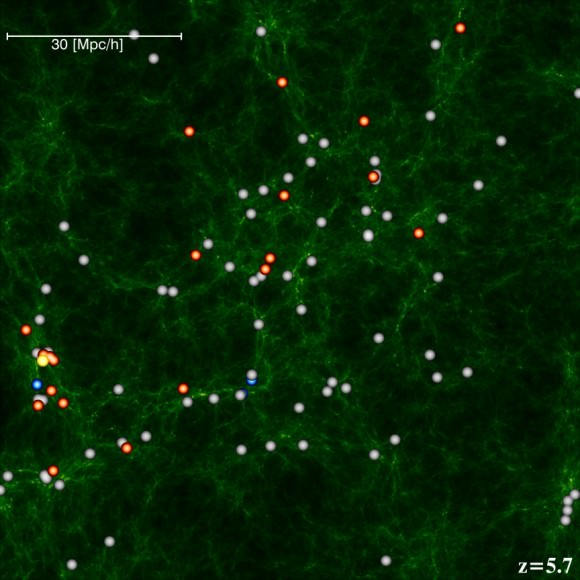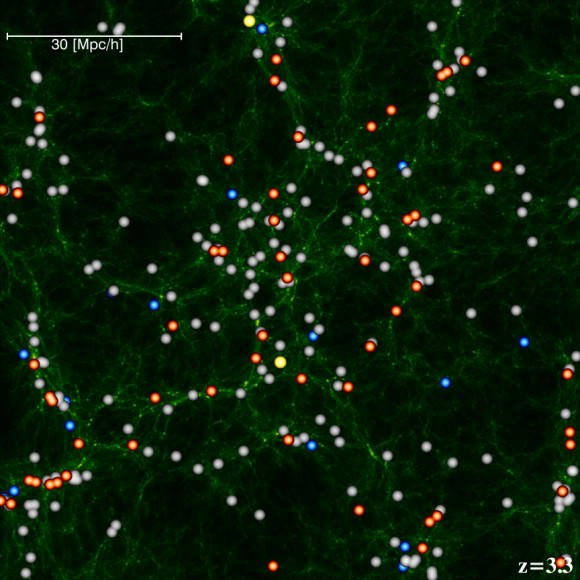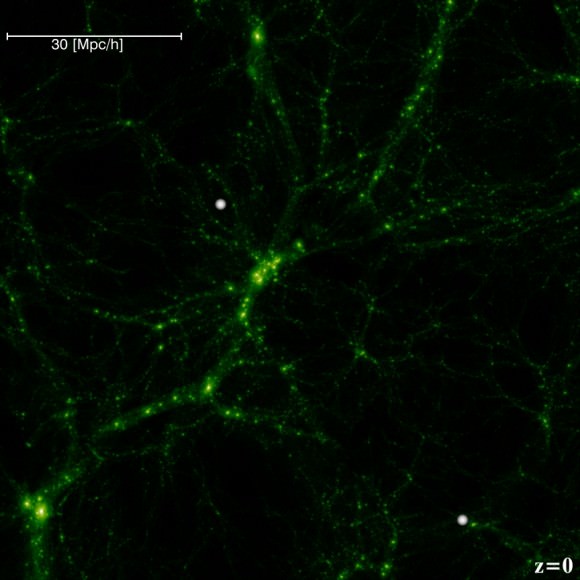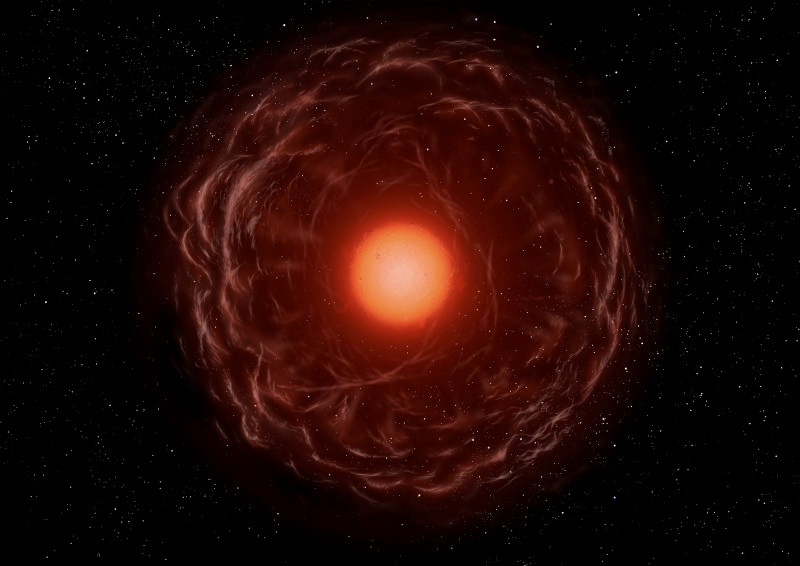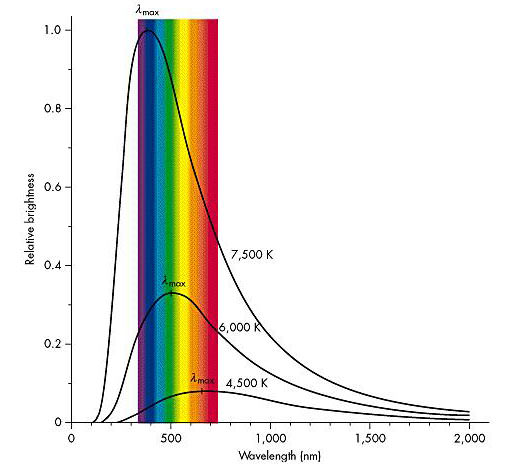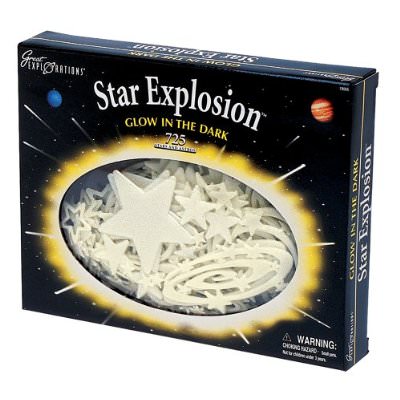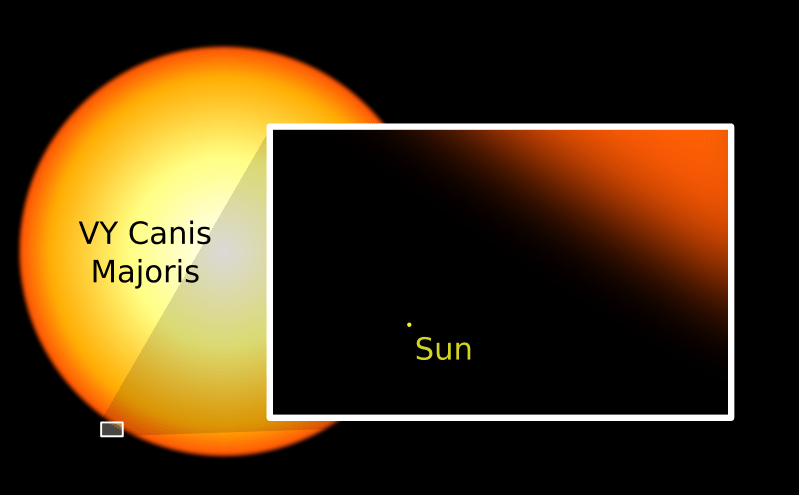[/caption]
Some of the most beautiful structures observed in the Universe are the intricate jets of supersonic material speeding away from accreting stars, such as young proto-stars and stellar mass black holes. These jets are composed of highly collimated gas, rapidly accelerated and ejected from circumstellar accretion disks. The in-falling gas from the disks, usually feeding the black hole or hungry young star, is somehow redirected and blown into the interstellar medium (ISM).
Much work is being done to understand how accretion disk material is turned into a rapid outflow, forming an often knotted, clumpy cloud of outflowing gas. The general idea was that the stellar jet is ejected in a steady flow (like a fire hose), only for it to interact with the surrounding ISM, breaking up as it does so. However, a unique collaboration between plasma physicists, astronomers and computational scientists may have uncovered the true nature behind these knotted structures. They didn’t become knotted, they were born that way…
“The predominant theory says that jets are essentially fire hoses that shoot out matter in a steady stream, and the stream breaks up as it collides with gas and dust in space—but that doesn’t appear to be so after all,” said Adam Frank, professor of astrophysics at the University of Rochester, and co-author of the recent publication. According to Frank, the exciting results uncovered by the international collaboration suggest that far from being a steady stream of gas being ejected from the circumstellar accretion disk, the jets are “fired out more like bullets or buckshot.” It is therefore little wonder that the vast stellar jets appear twisted, knotted and highly structured.
A member of the collaboration, Professor Sergey Lebedev and his team at the Imperial College London, made an attempt to replicate the physics of a star in the laboratory, and the experiment matched the known physics of stellar jets very well. The pioneering work by Lebedev is being lauded a possibly the “best” astrophysical experiment that’s ever been carried out.
Using an aluminium disk, Lebedev applied a high-powered pulse of energy to it. Within the first few billionths of a second, the aluminium began to evaporate, generating a small cloud of plasma. This plasma became an accretion disk analogue, a microscopic equivalent of the plasma being dragged into a proto-star. In the centre of the disk, the aluminium had eroded completely, creating a hole. Through this hole, a magnetic field, being applied below the disk, could penetrate through.
It would appear that the dynamics of the magnetic field interacting with the plasma accurately depicts the observed characteristics of extended stellar jets. At first, the magnetic field pushes the plasma aside around the disk’s hole, but its structure evolves by creating a bubble, then twisting and warping, forming a knot in the plasma jet. Then, a very important event occurs; the initial magnetic “bubble” pinches off and is propelled away. Another magnetic bubble forms to continue the process all over again. These dynamic processes cause packets of plasma to be released in bursts and not in the steady, classical “fire hose” manner.
“We can see these beautiful jets in space, but we have no way to see what the magnetic fields look like,” says Frank. “I can’t go out and stick probes in a star, but here we can get some idea—and it looks like the field is a weird, tangled mess.”
By shrinking this cosmic phenomenon into a laboratory experiment, the investigators have shed some light on the possible mechanism driving the structure of stellar jets. It appears that magnetic processes, not ISM interactions, shape the knotted structure of stellar jets when they born, not after they have evolved.
Source: EurekAlert


